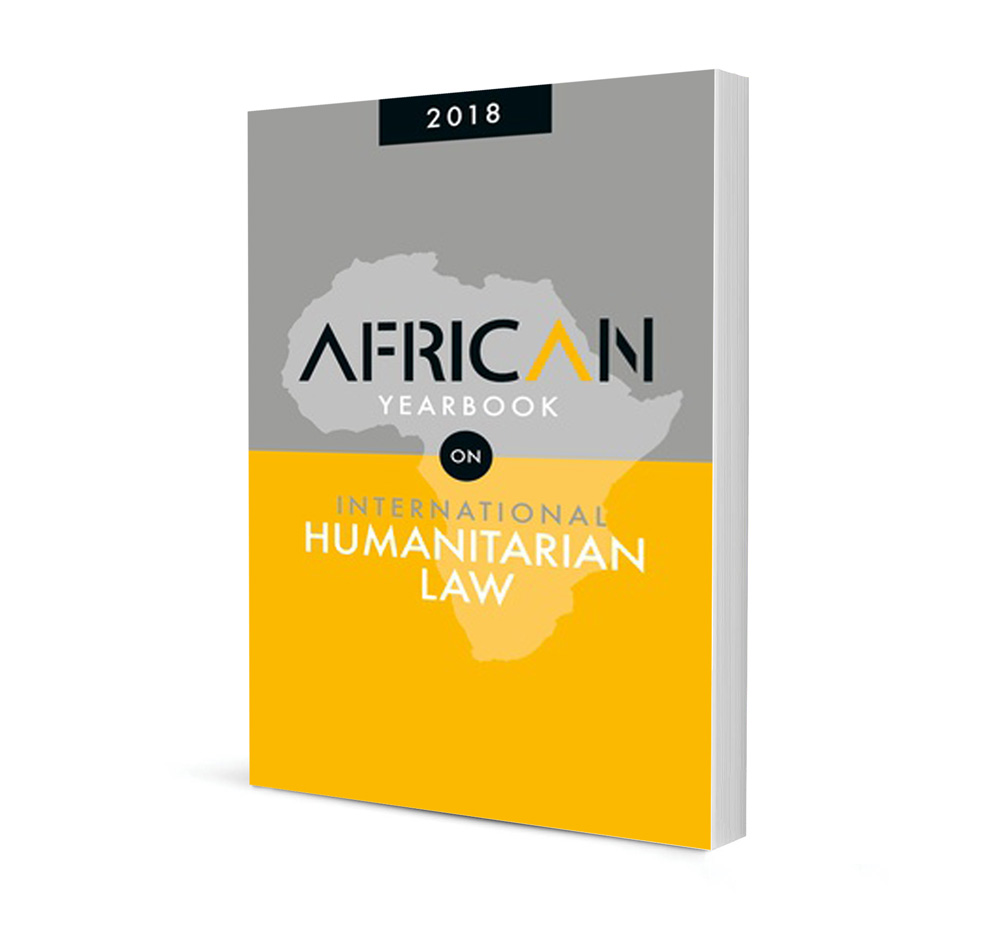
Contemporary Conflicts and Protection Gaps in International Humanitarian Law: The Necessity and Practical Utility of Fundamental Standards of Humanity
Authors Brian Sang YK
ISSN: 2521-2621
Affiliations: None
Source: African Yearbook on International Humanitarian Law, 2015, p. 24 – 58
Abstract
International humanitarian law (IHL), applicable to armed conflict, is coming up against the inevitable challenges of the times because the nature of and participants in contemporary conflicts differ considerably from that in the conflicts of yesteryear. IHL traditionally sought to regulate the conduct of, and damage caused by, armed conflict between rather than within states. Contemporary conflicts are far more likely to be internal rather than international and thus entail the presence, to a large extent, of non-state actors, whether as combatants or victims. The recent history of conflicts reveals that internal armed conflicts and other situations of internal violence of lesser intensity, namely internal disturbances and tensions, are the most common forms of violence today. This high incidence of such conflicts poses major problems for legal regulation and protection of individuals from abuses related to the associated violence. The apparent inadequacy of international law in effectively protecting individuals caught up in grey-zone conflicts generally and the right to life in particular makes clear the necessity to fill the protection gaps. This article asks whether common elements in human rights law and IHL can be identified and articulated as fundamental standards of humanity that ought to apply along the entire spectrum of violence (from internal tensions to fully-fledged civil war), regardless of the formal classification of such situations. Its thesis is that fundamental standards of humanity can offer a means to ensure that grey-zone conflicts are subject to regulatory norms of international law pursuant to which individuals caught up in the violence can be better protected.